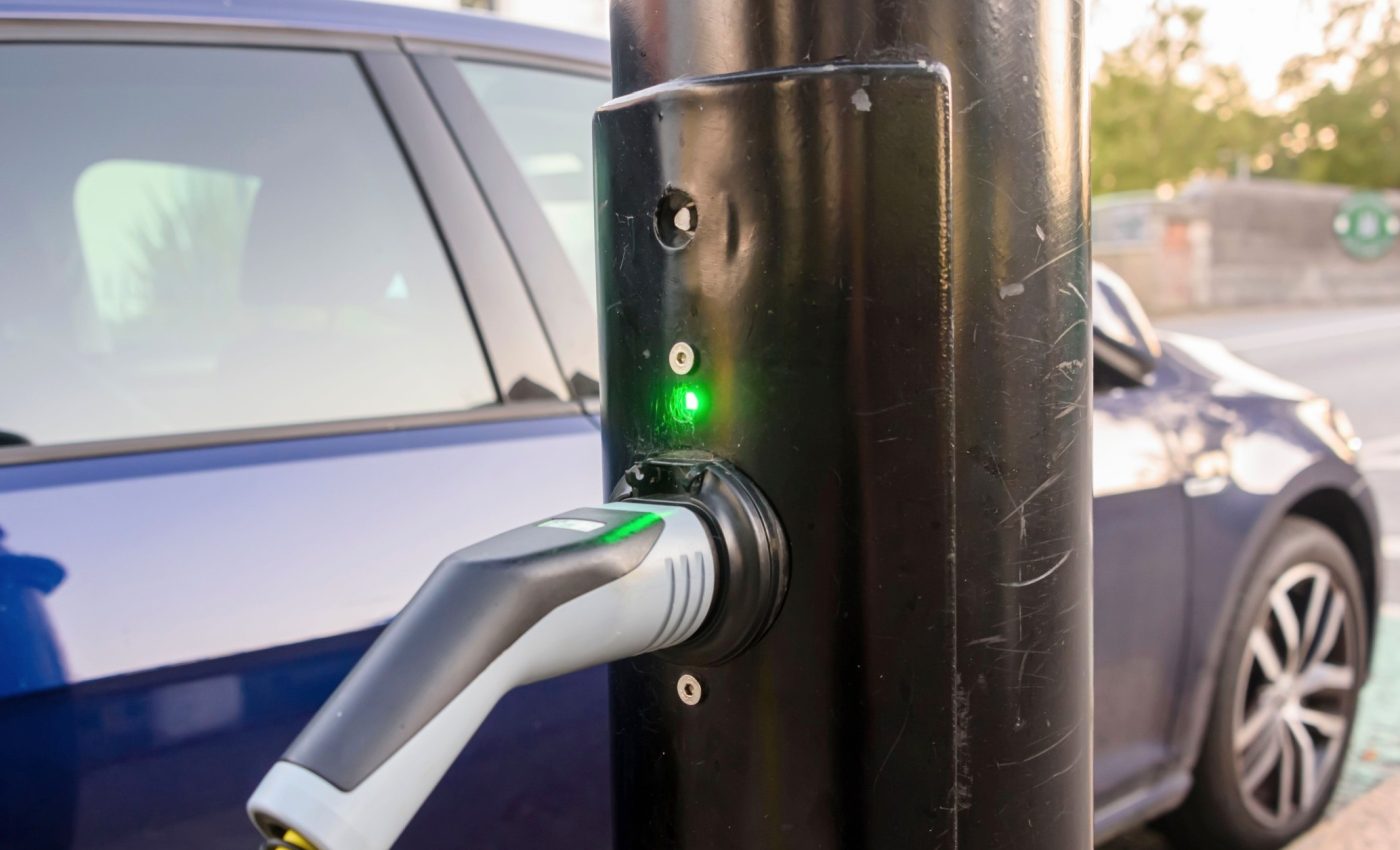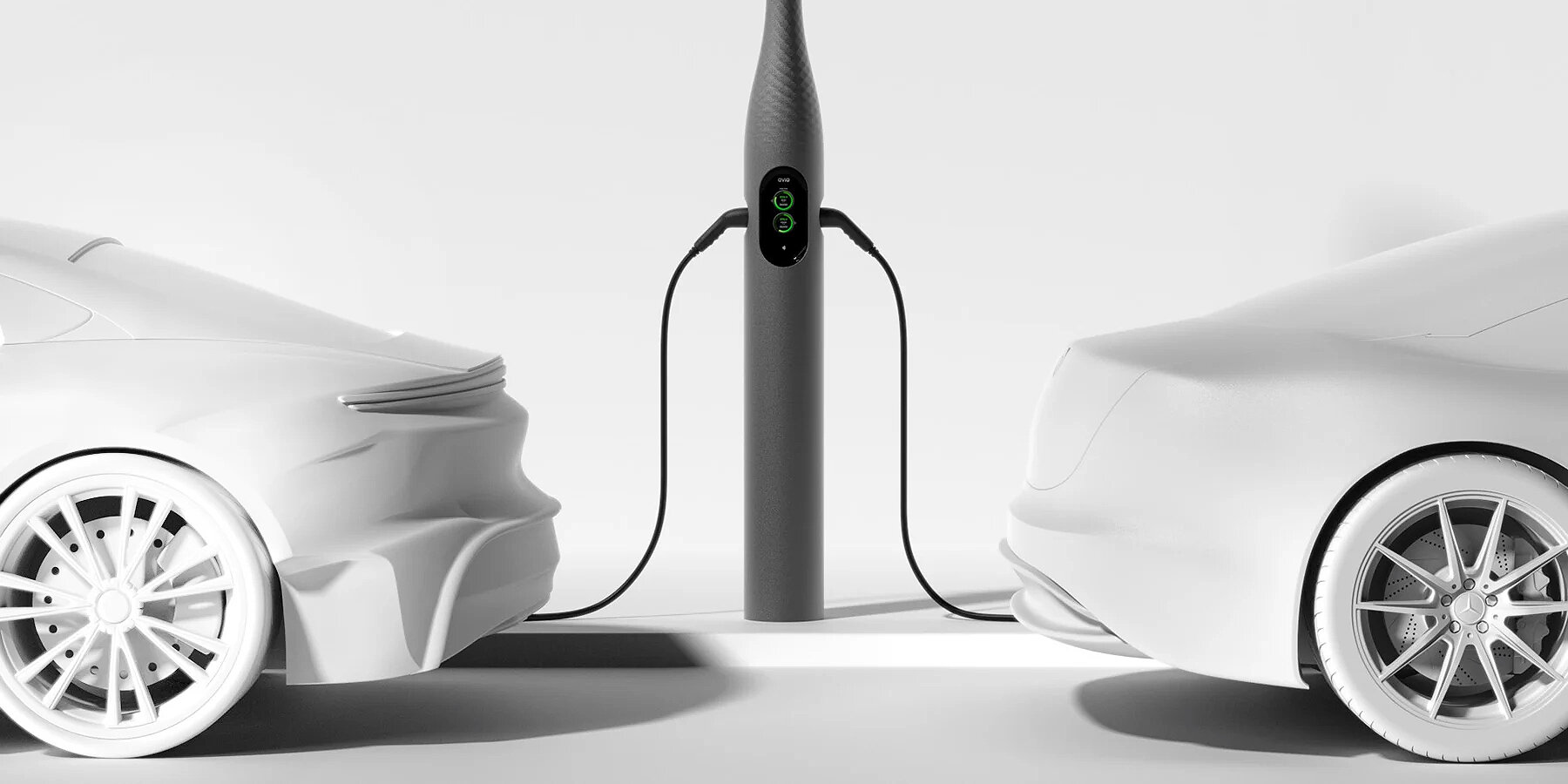In a groundbreaking effort to expand electric vehicle (EV) infrastructure, researchers at Penn State University have proposed a surprisingly simple yet transformative solution: turning ordinary streetlights into EV charging stations. This approach not only lowers costs but also promises to increase access for millions of urban residents who currently lack convenient charging options.
As cities around the world push toward greener transportation systems, one of the biggest hurdles remains infrastructure. In particular, the limited availability of public charging stations disproportionately affects residents in apartment buildings, multi-unit dwellings, and neighborhoods where home charging is not feasible. Recognizing this, the Penn State research team set out to reimagine the urban environment—not by adding more, but by creatively repurposing what already exists.
The Power of Existing Infrastructure
Streetlights, found on nearly every city block, already have the two essential qualities needed for EV charging: access to the electrical grid and proximity to curbside parking. Rather than investing in costly new equipment and installations, the team’s concept involves retrofitting these existing poles with EV chargers. This drastically reduces both the time and money required for deployment.

What makes this idea particularly appealing is its scalability. Municipalities already own and maintain streetlights, making it easier to navigate regulatory and ownership issues. Additionally, because streetlights are evenly distributed across most urban landscapes, they provide a natural framework for widespread and equitable access.
A New Framework for Deployment
The study, led by Penn State transportation engineers, introduces a detailed framework to guide cities in deploying streetlight-based chargers. The framework centers around three key areas: demand analysis, equity considerations, and feasibility.
First, the team developed algorithms to predict where charging demand would be highest, based on factors like population density, traffic flow, and land use. Instead of placing chargers only where EV ownership is already high, the model helps identify where they should go to encourage broader adoption.
Second, equity was a core focus. The researchers emphasized the importance of including underserved neighborhoods in planning. Too often, new technology infrastructure disproportionately benefits wealthier areas. By using demographic and socioeconomic data, the team ensured that lower-income communities were not left behind in the electrification movement.
Third, the study examined the technical and financial feasibility of retrofitting streetlights. Factors such as installation cost, available electrical capacity, and environmental impact were considered. In many cases, the streetlight-based approach was found to be significantly cheaper than traditional charging station installation.
A Real-World Test: Kansas City
To test their model in practice, the team collaborated with officials in Kansas City, Missouri, where they retrofitted 23 streetlights with EV chargers in a pilot program. Over the course of a year, they collected data on usage, performance, and community impact.
The results were promising. Installation was faster and cheaper than conventional alternatives. Many residents appreciated the convenience of charging their vehicles where they already parked, eliminating the need for long detours to distant charging stations. The chargers performed reliably and were used regularly, even in neighborhoods with lower existing EV ownership.
The pilot also revealed environmental benefits. By encouraging more people to switch to EVs and reducing the need to drive long distances for charging, the project contributed to reductions in greenhouse gas emissions and urban air pollution.
Addressing Challenges
Despite its potential, the approach is not without challenges. Not all streetlights have sufficient electrical capacity to support vehicle charging. In some cases, additional upgrades to the power grid may be required. Furthermore, coordination between city governments, utility companies, and regulators is essential to overcome policy and permitting hurdles.
There are also concerns about load balancing, especially if multiple cars are charging simultaneously in a single neighborhood. Smart charging systems, which manage electricity flow based on demand and grid capacity, may be needed to ensure reliable operation.

The team acknowledges these hurdles but remains optimistic. With thoughtful planning and continued research, many of the challenges can be mitigated. In fact, the researchers are already working on refining their models by incorporating additional variables such as weather patterns, user behavior, and grid dynamics.
A Vision for the Future
The implications of this study go far beyond Kansas City. For cities around the world, especially those with limited budgets or aging infrastructure, the idea of turning streetlights into EV chargers could offer a fast, affordable, and inclusive way to transition to electric mobility.
By taking advantage of infrastructure that already exists, cities can dramatically reduce the cost of electrifying their streets. More importantly, they can do so in a way that doesn’t leave anyone behind.
This approach also aligns with growing calls for environmental justice. In many urban areas, low-income and minority communities suffer the most from air pollution and lack access to clean transportation. Streetlight charging has the potential to bridge that gap by delivering benefits directly to the curbside.
Conclusion
The Penn State study presents a compelling case for rethinking how we build EV infrastructure. Instead of focusing solely on large charging hubs or expensive new installations, it challenges cities to look at what they already have and ask, “How can we use this better?”
Streetlights, once only providers of light, may soon illuminate the road to a more sustainable, equitable, and electric future.











